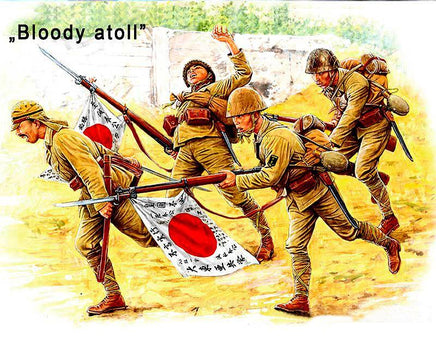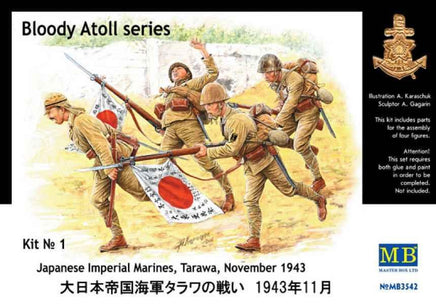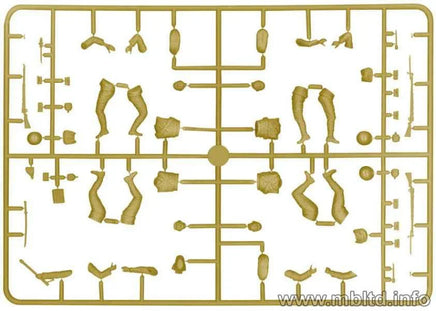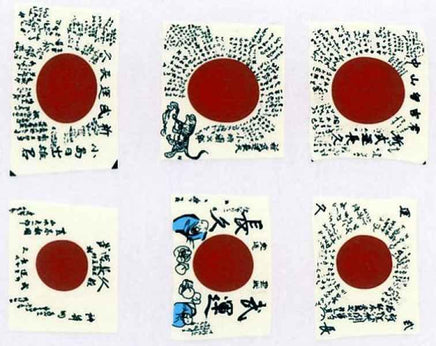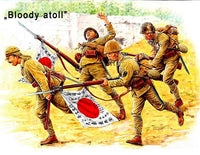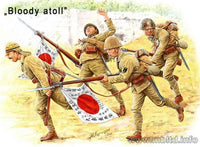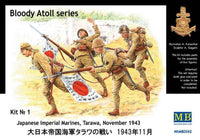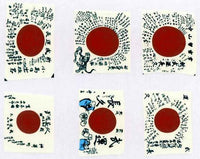The Battle of Tarawa was fought during the battles for the Gilbert Islands, which were fought as part of the operation code-named Galvanic. The battle itself lasted from November 20 to 23, 1943. Throughout the battle, on the American side, 53,000 soldiers, sailors, and airmen were directly or indirectly involved, of which the land component was 18,000 men. About 4,500 people fought on the Japanese side, of whom about 2,000 were construction workers. The main goal of the fighting in the Gilbert Islands, including the Battle of Tarawa, was the pursuit of the capture of much more favorable bases by the Americans preparing for further landing operations in the Central and South Pacific. Despite careful planning of the operation by the American side, it did not avoid a few mistakes, which led to relatively high losses among their own troops by the advancing forces. Among the errors, it is possible to mention, first of all, poorly working communication and insufficient recognition of Japanese positions. Despite the fact that the Americans won the battle, they suffered losses estimated at around 1,700 killed and around 2,100 wounded. On the other hand, the Japanese side lost its entire garrison of approximately. 4,500 men. It is worth adding that the operation on the American side was supported by significant naval forces consisting of, among others, 5 escort aircraft carriers, 3 battleships, or 2 heavy cruisers.
Naval Special Landing Forces (jap. Kaigun Tokubetsu Rikusentai), sometimes not quite accurately called "Japanese Marines", are Japanese marines that are mostly subordinate to the Japanese army. First, bigger branches of the Navy Special Landing Forces in the strength of battalions and regiments began to be formed at the end of the 1920s, and the baptism of combat for these units took place in 1932 in China. These units were also successfully used during the Japanese-Chinese war (1937–1945) and at the beginning of World War II in the Pacific, when the Navy Special Landing Forces carried out many sea-landing operations at the turn of 1941 and 1942. Troops also became famous for the heroic defense of Tarawa Island in 1943. In the course of World War II, the number of units of this formation increased from 16 to 21. In general, it is assumed that the "Japanese Marines" were very well trained, had high morale, and represented high combat value. Initially, these units used a very offensive tactic, but with the development of the war in the Pacific, these units were primarily used to defend individual islands.

